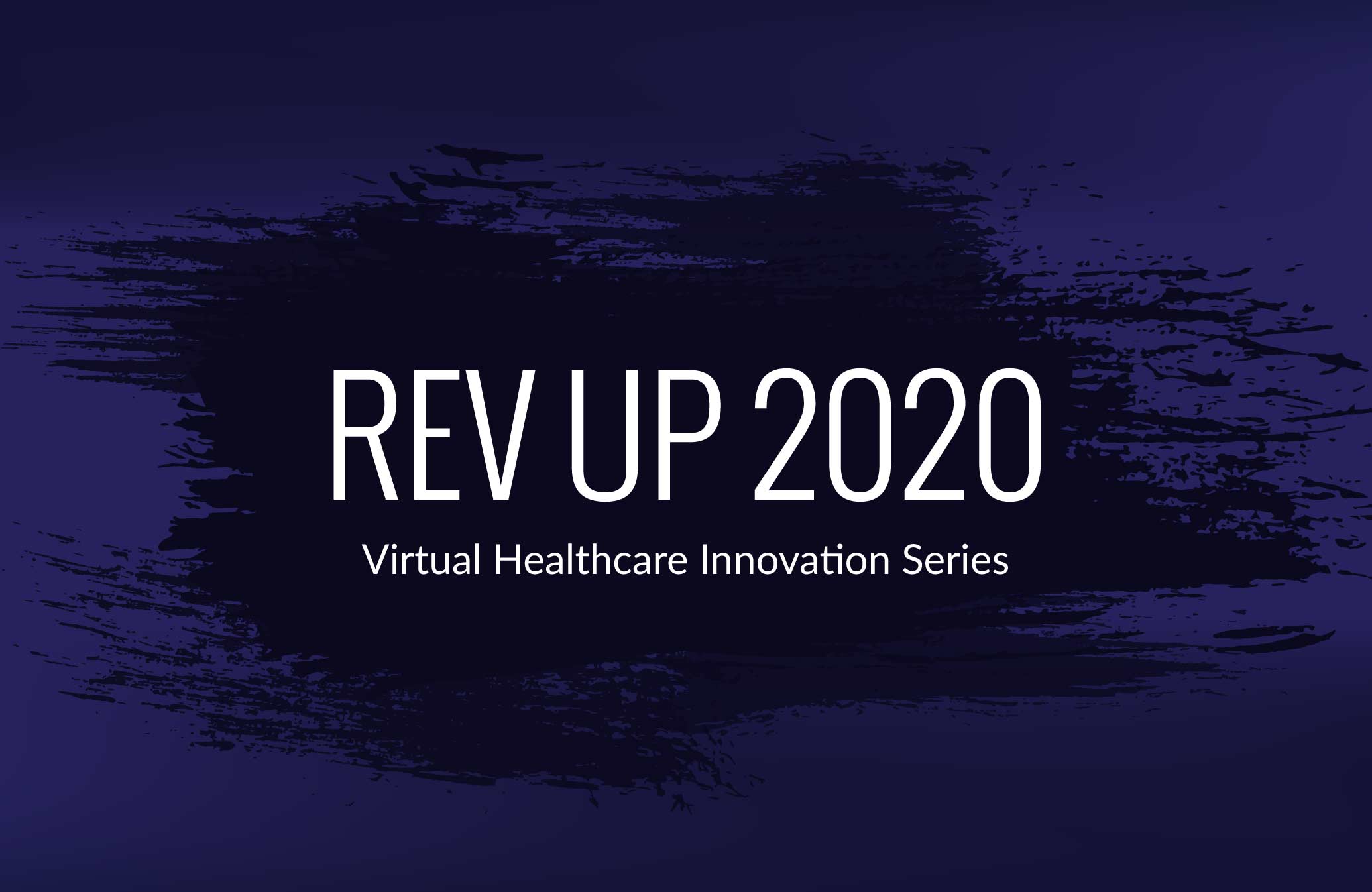Icario’s virtual healthcare innovation series, Rev Up 2020, concluded on September 1st with a panel discussion moderated by Dr. Pierre Vigilance titled, “Bold Innovations in SDoH & What to Expect Next”. Panelists included:
- John Gorman, Chairman, Nightingale Partners
- Jennifer Spear, Population Health Strategy Lead, Bold Goal, Humana
- RJ Briscione, Senior Director, Social Determinants of Health Strategy & Execution, CVS Health | Aetna
During this session, our panelists focused the conversation on a variety of social determinants-related topics, including:
- The intricate complexities of SDoH
- What it means to say, “health is local”
- Why data is king and critical to successful interventions
This laser-focused panel covered a lot—and quickly. If we had to sum this session up in one sentence, we’d do it by quoting panelist John Gorman, “If you don’t intimately understand the people you’re serving, you’re never going to have any success intervening.”
Here are 4 other takeaways you should know.
#1—SDoH…It’s Complicated
Once we think we have a barrier or population figured out, a new barrier presents itself. Solving social determinants of health isn’t easy, but when you stop seeing people as populations and you start seeing them as individuals with unique needs, progress begins.
It’s not as easy as a one-time personalization effort, either. It’s about adaptability on an ongoing basis. There’s more variables that pop up than you could possibly plan for, so the interventions you deploy need to be flexible and they need to be able to cover a lot of different scenarios, especially on a household level.
On a high level—social determinants of health are complicated and there’s no silver bullet that will solve all of them in one fell swoop. But recognizing this is the first step to create meaningful interventions.
“Designing interventions around the family allows for a better understanding of what needs need to be met and what’s culturally appropriate because it’s different for every community and family.”

RJ Briscione
Senior Director, Social Determinants of Health Strategy & Execution, CVS Health | Aetna
7 Strategies to Address Social Determinants of Health with Better Engagement
Explore the 7 best strategies to make a meaningful impact when addressing SDoH, including the importance of a data driven strategy.
#2—Data, Analytics, and More Data
More and more we’re discovering that personalized member experiences are born out of strong data and solid analytics. While it seems counterintuitive that humanizing SDoH interventions starts with data, that’s exactly what we’re finding.
A data-driven approach doesn’t mean that it’s high-tech. It means that we understand a situation holistically before attempting an intervention. It means taking a high-touch approach by connecting, screening, and addressing needs based on the data we’ve gathered. It means going deep because every community is different, so every community—and in many cases, every family—requires a different intervention, unique to their situation.
“Data and analytics are critical to know what’s going on in a household long before you walk through the doorway in order to provide effective interventions.”

John Gorman
Chairman, Nightingale Partners#3—Community Health Workers <3
The notion that “boots on the ground” efforts coupled with data collection makes for a successful intervention begs the question, “but how?” It happens by way of community-based organizations and community health workers, arguably some of the most undervalued people in healthcare.
Community health workers are the ones going homes and seeing firsthand what the real needs are. If anything, any SDoH intervention should revolve around community healthcare workers doing in-home visits, which should happen long before a PCP visit to determine what the social determinants may be. It’s critical to establish partnerships and recognize that community health workers are essential to a strong SDoH intervention strategy.
“If it’s falling to PCPs to screen for social determinants…we’ve failed.”

John Gorman
Chairman, Nightingale Partners#4—Health is Local
Partnering with community-based organizations to understand the real health barriers on the ground is crucial. There’s nothing like being in a person’s home, speaking with them directly, to really understand a community, family, or individual, and the struggles they face.
The human touch is so critical to make an impact. You need to be there to feel it in order to shape your intervention and successfully execute it. This again, is where the critical need for community health workers comes in.
“If I’m sitting in Louisville and I’m deciding that diabetes is the most important thing to address in San Antonio with no data to back it up, we aren’t going to get very far.”

Jennifer Spear
Population Health Strategy Lead, Bold Goal, HumanaThat’s a wrap on Rev Up 2020! If you missed any of our panels, you can view them on-demand at revupshow.com. We hope to see you in-person in Minneapolis next year for Rev Up 2021!

